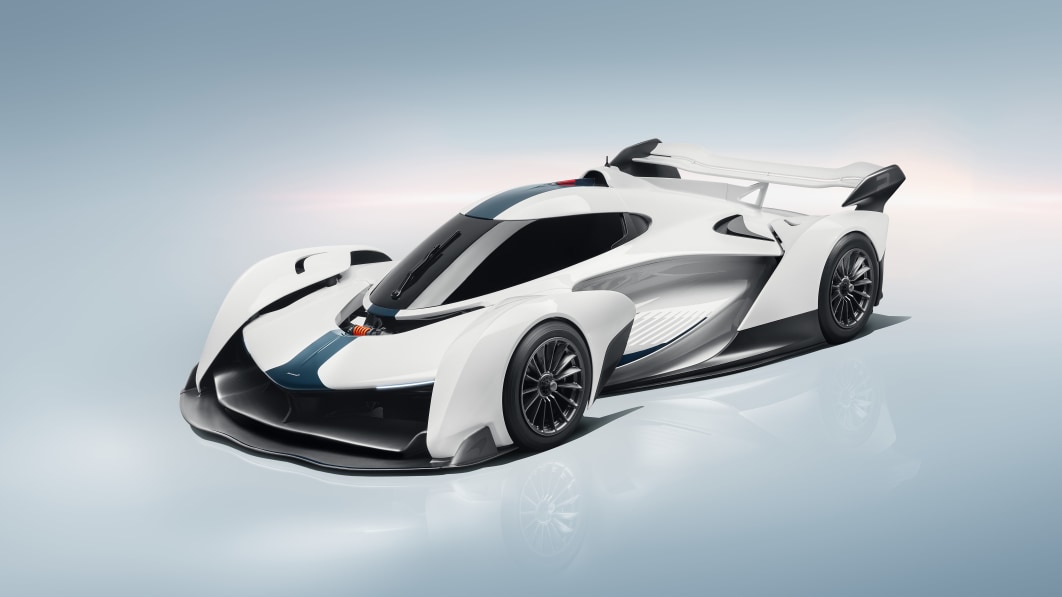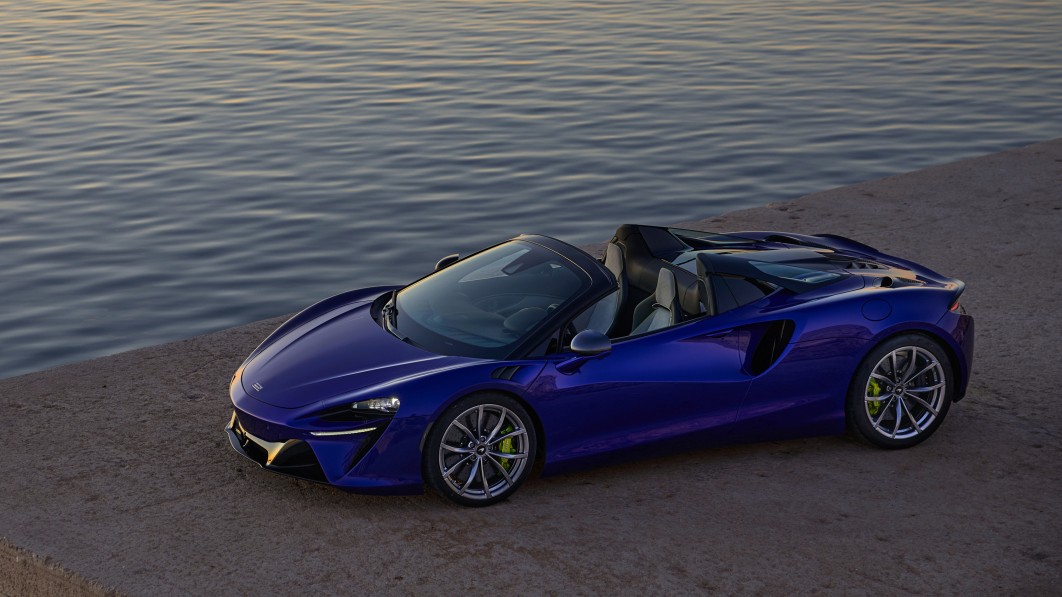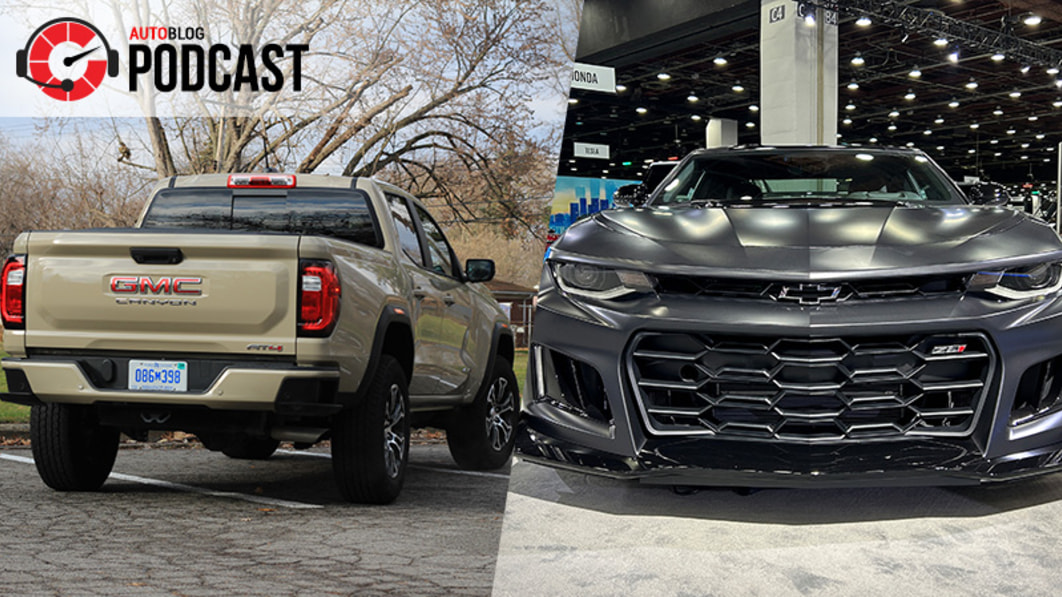McLaren Automotive’s special gift to attendees at the company’s Winter Ball was the reveal of the 720S Spider. Coming about 18 months after the launch of the 720S Coupe, McLaren has made a few specific changes compared to the hardtop, like frameless doors and new rear spoiler programming, along with wide improvements over the last Super Series roadster, the 650S Spider.
The carbon Monocage II tub in the fixed-roof 720S becomes the Monocage II-S in the Spider. Even though the tub discards the overhead spine, new carbon supports at the tub’s rear return the lost rigidity. The 650S used steel supports fitted into its Monocage; switching to carbon means saving 15 pounds in the rollover protection structure compared to the predecessor car. The Monocage II-S needs no extra strengthening elsewhere, keeping the slim A-pillars and header rail of the 720S.
A new hardtop mechanism operates the standard all-carbon-fiber roof. Electrically instead of hydraulically actuated, the mechanism is another source of weight loss and performance gain. The motors raise and lower the roof in 11 seconds, at speeds up to 31 miles per hour. The operation happens six seconds faster than on the 650S Spider, at a top speed 13 mph higher.
The rear end’s carbon fiber deck has been redesigned to stow the roof, leaving a two-square-foot cubby underneath for luggage when the roof is up. To maximize visibility to the rear-three-quarter, McLaren made the buttresses extending from the roll hoops to the fenders out of glazed glass. Customers wanting more visibility skyward can order an electrochromic glass roof that tints or goes all clear with a button push. Kitted out so, the glass top tints automatically when the car’s turned off, then returns to its last setting upon restart.
The M840T 4.0-liter twin-turbo V8 possesses familiar gumption here, being 710 horsepower and 568 pound-feet of torque. McLaren redrew the underfloor aero and tuned the rear spoiler to manage the Spider’s unique airflow. Because the 720S Spider puts on just 108 pounds more than the coupe, performance varies by only a tenth of a second in some cases. The 0-60 dash transpires in 2.8 seconds, the top speed clocks in at 212 mph, both the same as the coupe. Gunning on to 124 mph takes 7.9 seconds, the quarter-mile needs 10.4 seconds, both times a tenth more than the coupe. Lowering the roof panel shaves ten mph from terminal velocity.
The carmaker crows that the 720S Spider’s 2,937-pound dry weight makes the vehicle 194 pounds lighter than the “dry weight of its closest competitor,” with a certain Maranello offering filling in that blank.
Available in standard, Performance, and Luxury trims, Belize Blue and Aztec Gold join the color range, as does the Heritage hue Supernova Silver, which first appeared on the MP4-12C. The 20-inch, 10-spoke lightweight wheels also debut.
The configuration and order pages are open now, deliveries start in March 2019. If you want to join the 720S Spider’s topless party, you’ll need $315,000 to get in the door, about $26,000 more than the coupe.
Related Video:



